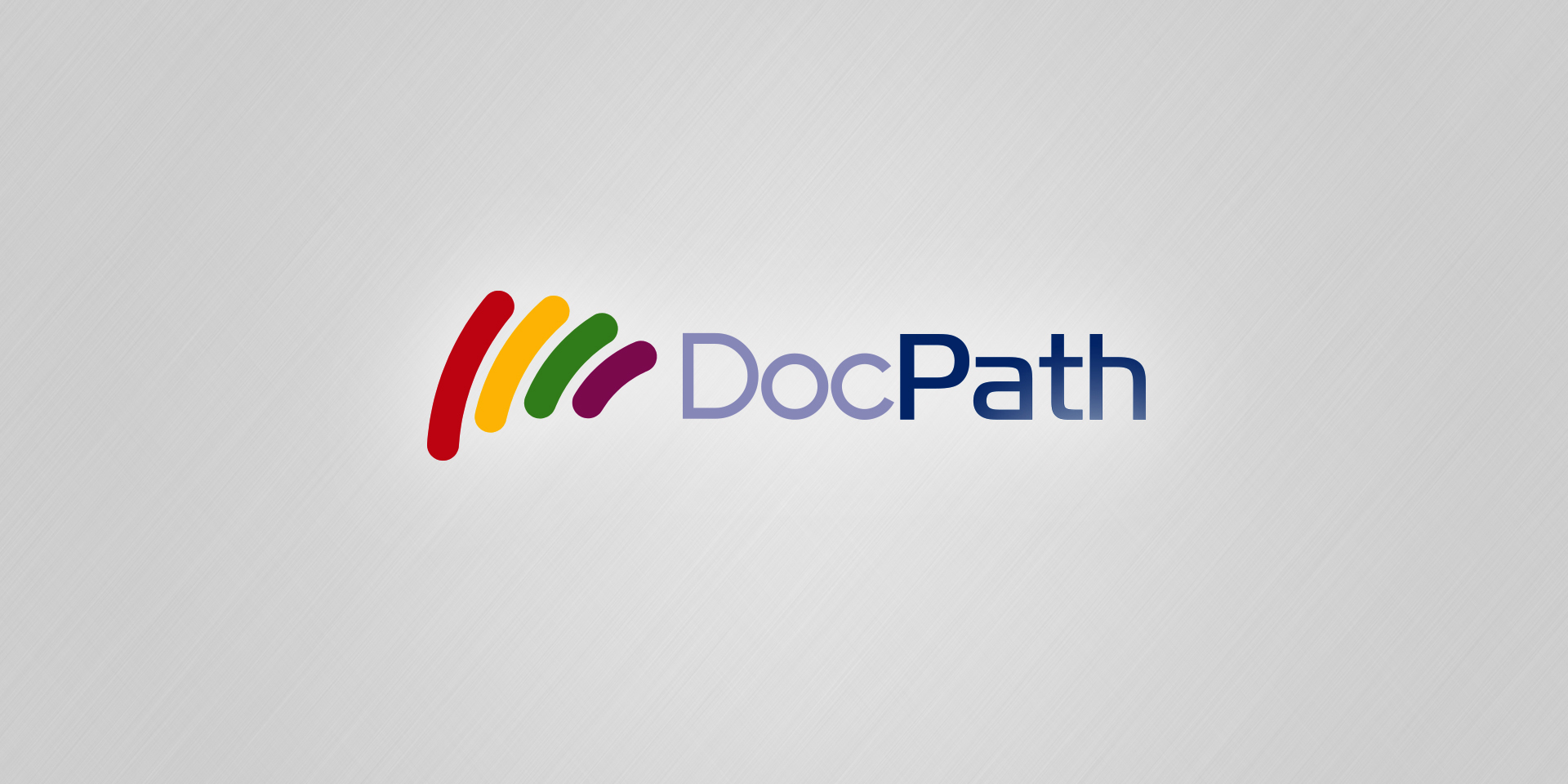
How, Who and Where are some of the questions that a Printing Policy can provide an answer and a solution to. In other words, a Printing Policy gathers the rules that establish which is the best and most intelligent way to print and, consequently, save costs and be much more environment friendly.
A study concerning corporate printing conducted by KYOCERA Document Solutions in 2008 –the official start date of the economic crisis– concluded that businesses could save up to 25% with an adequate Corporate Printing Policy. Companies that have not acted on this matter yet only have to multiply this percentage by four to obtain the amount of unnecessary expenses they are making.
TThe reason behind this is that most companies let their workers manage printing issues. According to KYOCERA´s survey, eight out of nine companies do not know the exact total cost of printing in their organization. In other words, only one out of nine companies knows how much they spend on printing. In general, businesses have never really focused on the issue of printing, and they are still neglecting it thinking that it is an entirely necessary cost, when the truth is that it can be drastically reduced.
To obtain an efficient Printing Policy, the first step is to go through a consulting process of printing costs to determine how much money is being spent. Secondly, as a result of the data obtained, the current situation of the company regarding printing costs should be studied to detect the areas to be improved. Finally, a series of recommendations is given to help design a list of printing rules based on the detected needs.
Common and basic rules
Some of the basic rules for obtaining an immediate reduction in printing costs are: printing emails through a printer tray with recycled paper; disabling color printing in certain departments; setting time ranges and limiting printing to specific departments or users, etc. Apart from these measures, companies can save even more by using multifunction equipment that allows them to print, photocopy, scan images and send or receive by email any type of document, all with the same device. Likewise, using adequate print control software to control who prints, what is being printed and why it is printed is another way of saving. If on top of this, the entire process –including physical components, consumables, etc.– is externalized, the cost reduction will be even more notorious.
With the goal of being more competitive, some companies have already started a process to limit their printing costs, which turns applications that help employees print within defined parameters into an absolute necessity.
Apart from this advice, experts provide some more recommendations, such as turning to a specialized document software provider to reduce the risk of errors, and sharing the positive results obtained with employees, so they are fully aware of the positive economic effect, as well as of the reduced environmental impact achieved by these green practices.
Technical aspects
Corporate Printing Policies are also the first step to reach the sought after ‘office of the future’, where paper has a minimal presence.
Fortunately, ICTs are great allies in achieving a paperless office. As such, companies developing document software technology have a great role to play in this evolution. There are a lot of tools in the market that enable companies to create high-quality documents that can be generated, distributed and stored electronically, and to print only the necessary documents. The technologies related to document management are evolving at great speed, and each year more efficient and environment friendly machines and new software products that optimize document processes appear in the market.
Furthermore, when printing we should also avoid wasting energy, apart from paper. Each company should have printing servers where users can view the documents before printing them. For example, at times, a worker may receive a file in an unusual format and decide to print it, while he might only need to read some pages or determined values.
Having a server where documents are redirected so they can be viewed is essential, as every employee will be able to know exactly what he needs to print. This would be especially useful for large companies with an extensive office network.
Evidently, a Corporate Printing Policy should be completed with an effort to raise the workers´ awareness for a project of these characteristics to prosper. In this sense, the coexistence of paper and electronic documents looks unavoidable, but, who knows, the crisis may speed up the transition process towards the ‘office of the future’.
Quotes recources:
Julio A. Olivares
President and founder of DocPath
